The following review example can serve as a guide for students trying to find inspiration when writing an assignment on the themes of “Lord of the Flies”

✅ AI Essay Writer ✅ AI Detector ✅ Plagchecker ✅ Paraphraser
✅ Summarizer ✅ Citation Generator
What makes a book the staple in the classroom, the beloved read on the shelf, and censorship for society? The answer is easy, a fresh and brave look on the world.
William Golding’s “Lord of the Flies” epitomizes this through its timeless exploration of human nature and societal needs. Despite being set in the 1950s, it remains relevant in modern education, bridging the gap between past and present. The novel’s themes of civilization versus savagery, and order versus chaos, are as relevant today as ever, reflecting current societal and governmental issues. Thus, “Lord of the Flies” continues to be a critical educational resource, demonstrating how classical literature can remain significant across generations.
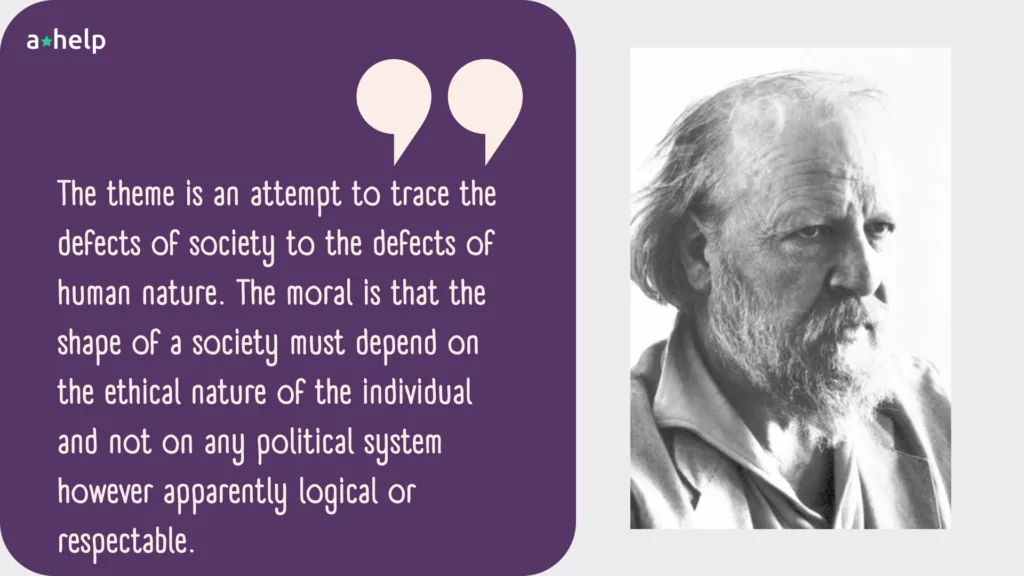
What is the theme of “Lord of the Flies”?
“Lord of the Flies” delves into the stark conflict between civilization and savagery, a theme that unfolds through the experiences of stranded English schoolboys on a deserted island. At the heart of this story is the struggle between two opposing impulses within humans. One is the instinct to live peacefully, follow rules, and respect the collective good. The other is a darker urge to fulfill immediate desires, assert dominance, and resort to violence.
The novel portrays these conflicting instincts through its characters, mainly Ralph and Jack. Ralph symbolizes order and leadership. He strives to maintain a civilized society on the island, establishing rules and focusing on rescue. His use of the conch shell to call meetings is emblematic of his commitment to democracy and order. Conversely, Jack embodies savagery and a thirst for power. His journey from a choirboy to a ruthless leader of a rival group showcases the descent into savagery. His rule is marked by fear, violence, and the worship of a primitive idol, The Lord of the Flies, a gruesome symbol of chaos and savagery.
As the story progresses, the tension between these two leaders escalates, reflecting the broader conflict between civilization and savagery. Initially, there’s a balance, with Jack’s hunting activities channeling his aggressive instincts productively. However, this balance crumbles as Jack rejects Ralph’s authority and civilized norms. His refusal to follow the rules marks a shift towards savagery and the decline of civilized order on the island.

The novel’s symbols further accentuate this conflict. The conch shell, associated with Ralph, starts as a symbol of authority and democratic order but loses its significance as Jack’s savagery gains prominence. The Lord of the Flies, linked to Jack, symbolizes the dominance of savagery and fear. The destruction of the conch shell, coinciding with the brutal murder of Piggy, signifies the complete collapse of civilization. In contrast, Ralph’s destruction of The Lord of the Flies indicates his own spiral into violence, highlighting how savagery ultimately overshadows civilization.
Golding’s narrative suggests that while civilization can suppress the baser instincts of savagery, these primal urges are inherent and can resurface under certain conditions. Characters like Piggy and Roger represent the spectrum of these instincts, with Piggy lacking savage impulses and Roger being almost unable to understand civilized behavior. The transformation of the boys, from disciplined, moral individuals to wild, barbaric beings, underscores the novel’s central concern: the ongoing battle between the civilizing force of society and the inherent savagery in human nature.
The allegorical nature of “Lord of the Flies” allows Golding to explore these themes deeply. The island becomes a microcosm for the world, where the struggle between good (civilization) and evil (savagery) plays out. The story concludes with the chilling realization that savagery lies not in some external beast but within each individual. This acknowledgment of inherent evil, as symbolized by the beast and the sow’s head, is central to the narrative. Golding ultimately posits that moral behavior is often a societal construct, suggesting that in the absence of civilization, humans may naturally gravitate towards cruelty and barbarism. Simon, the only character depicted with innate goodness, stands as a solitary figure in contrast to this bleak view of human nature.
Weaknesses and Strengths
In “Lord of the Flies,” William Golding explores the strengths and weaknesses of his characters, offering a deep insight into human nature and leadership. Each character in the novel possesses unique traits that both aid and hinder their survival and influence on the island. These characteristics also reflect different styles of leadership and governance, highlighting the complexities and challenges in forming a society.
Ralph, the protagonist, emerges as a leader who values democracy and cooperation. His key strength lies in his willingness to prioritize the group’s welfare and his efforts to maintain order through democratic means. He understands the importance of working together and staying focused on rescue. However, Ralph’s weaknesses are equally pronounced. He lacks natural authority and struggles to maintain focus, which undermines his ability to lead effectively. His democratic approach, while morally sound, fails to inspire or control the boys as effectively as Jack’s authoritarian style.
Piggy, representing intellect and morality, is the voice of reason on the island. His intelligence and strong sense of right and wrong make him a valuable advisor in the group. Piggy’s insights often point towards rational solutions to the problems the boys face. However, his physical weaknesses, coupled with his whiny demeanor, prevent him from being a strong influence. Piggy’s lack of physical prowess and his annoying traits make him an easy target for ridicule and disregard, undermining his valuable contributions.
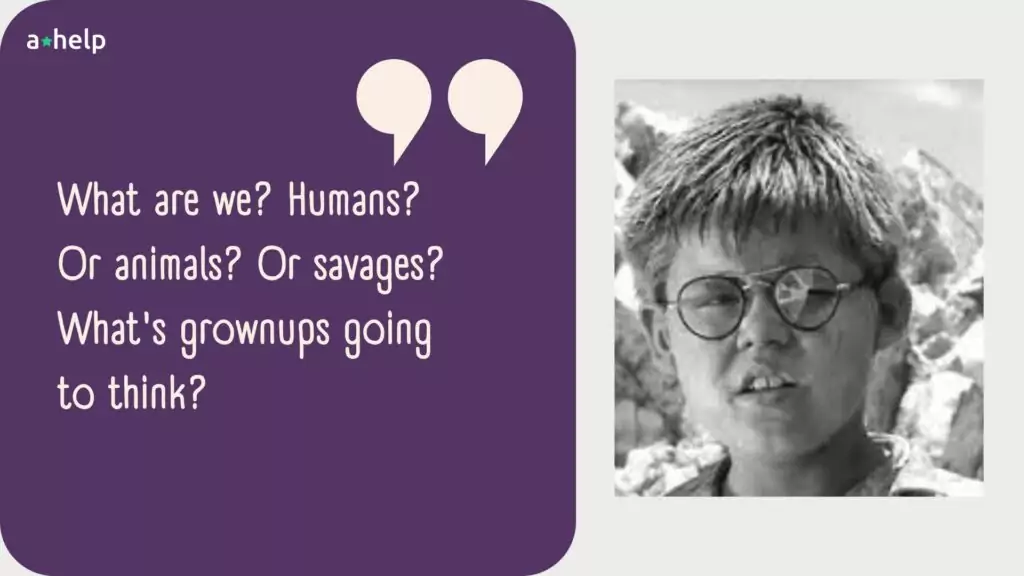
Jack, on the other hand, embodies a starkly different leadership style. He is charismatic and has a natural ability to manipulate others, making him an effective, albeit tyrannical, leader. Jack’s strengths lie in his assertiveness and drive, which appeal to the boys’ primal instincts and desire for excitement. However, his leadership is deeply flawed. Jack’s selfishness and immaturity lead to a reign of fear and savagery, highlighting the dangers of unchecked power and authoritarian rule. His ability to sway the boys stems more from their fear and the allure of savagery than from any positive leadership qualities.
Simon stands apart with his kindness and insight. He is the moral compass of the group, showing an innate goodness and understanding of the deeper truths of their situation. Yet, Simon’s strengths are overshadowed by his inability to communicate effectively and his physical vulnerability, particularly his epilepsy. His quiet, introspective nature makes it difficult for him to assert his views, rendering his wisdom largely unheard.
The interplay of these strengths and weaknesses is crucial in shaping the novel’s events. Ralph, Piggy, and Simon, despite their positive qualities, fail to maintain order against Jack’s domineering and manipulative tactics. This dynamic illustrates a critical commentary on leadership and society. It shows how individuals with noble intentions and beneficial qualities can be overshadowed by those who wield charisma and power, even if it’s for selfish or destructive ends. The boys’ descent into chaos under Jack’s rule demonstrates how easily a society can collapse when led by someone skilled in exploitation and intimidation, rather than by those who have the group’s best interests at heart.
Golding’s portrayal of these characters underscores a bleak reality: in the absence of a structured society, the darker aspects of human nature can prevail. The novel serves as a warning about the fragility of civilization and the inherent dangers of allowing charismatic, yet unprincipled, individuals to seize power. It reveals that in the struggle for leadership and order, it is often not the most virtuous or intelligent who prevail, but those who can most effectively exploit the weaknesses of others and appeal to their baser instincts.
Danger of Mob mentality
In “Lord of the Flies,” the boys’ descent into savagery is marked by their embrace of mob mentality, leading to extreme violence and cruelty. The novel vividly illustrates how the boys, initially innocent, transform into a violent mob. This shift is evident in their chant, “Kill the pig. Cut her throat. Spill her blood,” which turns a violent act into a unifying, almost celebratory ritual. This group mentality allows them to commit increasingly heinous acts, as they convince themselves that these actions are justified to protect against an imagined beast. The use of warpaint is symbolic of their loss of individual identity and moral responsibility, further fueling their descent into barbarism. Even characters like Ralph and Piggy, who initially resist this savagery, find themselves drawn into the violent rituals. The tragic climax, where the mob kills Simon in a frenzied ritual, highlights the terrifying consequences of mob mentality: rational thought is lost, and violence escalates to the point of murder.
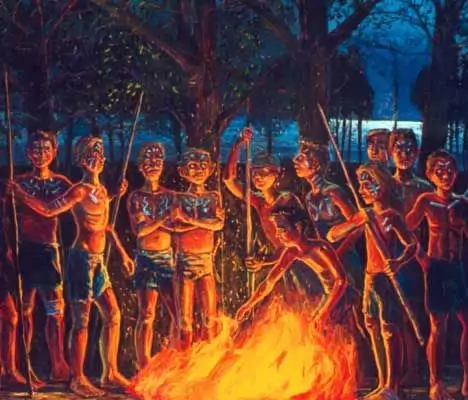
Future of Mankind
“Lord of the Flies,” set against the backdrop of a global war, offers a stark depiction of society’s struggle to rebuild after a catastrophic event. The novel focuses on a group of boys stranded on an island, who attempt to create a new social order. Initially, they try to establish rules and a sense of fairness, but as the challenges of survival intensify, these ideals quickly collapse. The arrival of a paratrooper on the island serves as a grim reminder of the ongoing war in the outside world, underscoring the inescapable nature of conflict. Despite their youth and isolation, the boys succumb to violence, echoing the war that rages beyond their island. This descent into savagery, marked by torture and murder, mirrors the chaos and brutality of the war-torn world they have left behind. The novel thus reflects on the fragile nature of civilization and the ease with which humanity can revert to primal instincts in the face of adversity.
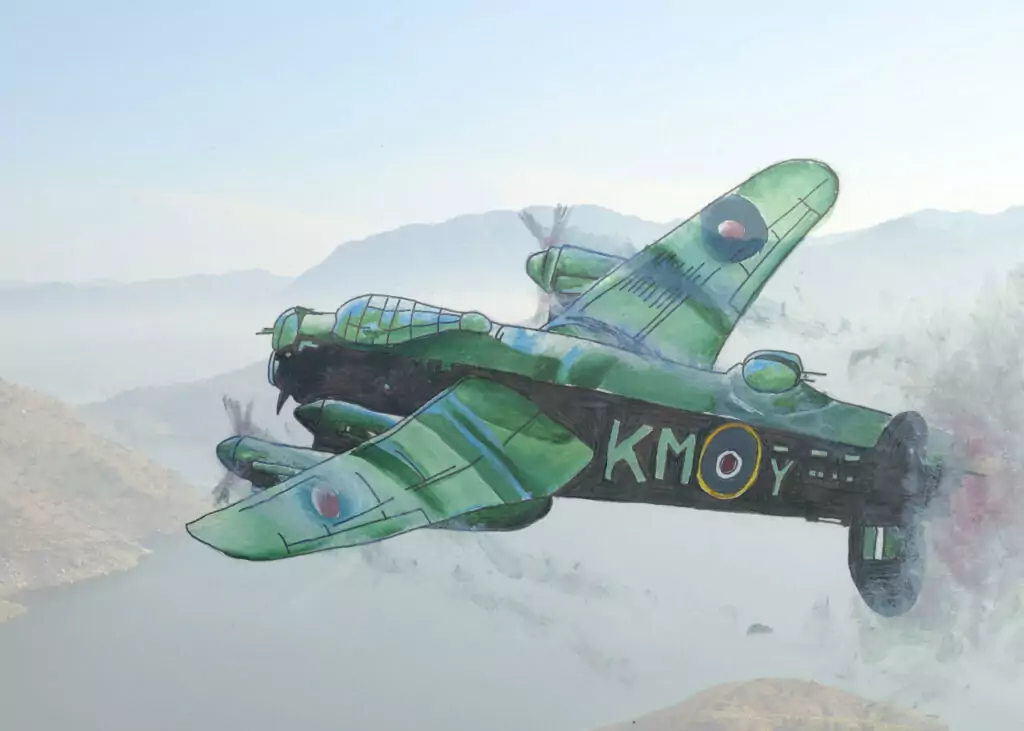
“Lord of the Flies” themes include the conflict between civilization and savagery, the dangers of mob mentality, and the fragility of societal structures post-catastrophe, all explored through the characters’ inherent strengths, weaknesses, and descent into barbarism.
Follow us on Reddit for more insights and updates.



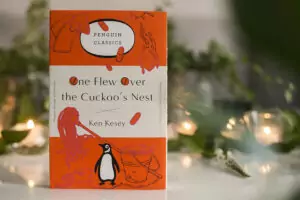
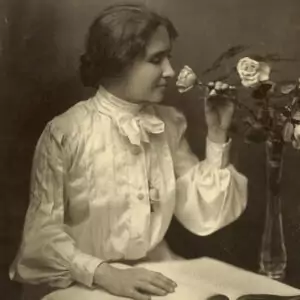
Comments (0)
Welcome to A*Help comments!
We’re all about debate and discussion at A*Help.
We value the diverse opinions of users, so you may find points of view that you don’t agree with. And that’s cool. However, there are certain things we’re not OK with: attempts to manipulate our data in any way, for example, or the posting of discriminative, offensive, hateful, or disparaging material.